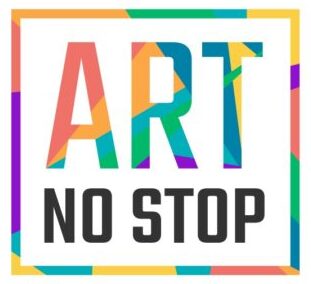Costume Design
Costumes and masks play an important role in theatre as they visualise the character and story and give the audience an idea of who the characters are and what the themes represent. Theatre costumes have a long history dating back to ancient Greece. In Greek tragedy and comedy, actors wore simple costumes that highlighted their character and acting. They wore masks and robes that symbolised their social position and mood.
A costume can be just a box with two holes or it can be more complicated like the example of folded paper. Nowadays, there are no clear rules for costumes in theatre. Costumes can be minimalist or detailed and actors and directors are often creative in the way they use costumes to tell the story. In theatre, the motto “less is more” often applies, as the aim is to tell a story with simple means.
Download here:
This part of the course is made by a playlist about costumes in cinema and theatre.
Here is the link to the playlist on youtube.
Please relate this playlist to the topics of the manual.
To see an overview of the playlists for this chapter, you can also open the youtube channel and click on “playlists”.
For this chapter we created a playlist of interviews to the stilts walker Lilly Wilson.
You can find the personal interviews with Lilly Wilson on our youtube channel:
Here you can find a link to the video we created interviewing María about her story with costume design.
In this chapter we introduce 6 erasmus+ projects about the topic of costumes:
- Heritage on Stage
- Study of FolkLore
- COMPARTIENDO VIDA
- Heroes & Legends
- Przyjaźń bez granic
- Glück ist erlernbar
We also share with you the platform with all the erasmus+ projects.
Finally, we created a self-evaluation with questions related to the basic manual and tutorials above.
The self-evaluation can be done through different formats in order to make it more accesible:
- A test in google forms
- Microvideos with the same questions in stories on instagram with poll (will be uploaded during the week)
- Self testing on the online platform genial.ly: See below.



